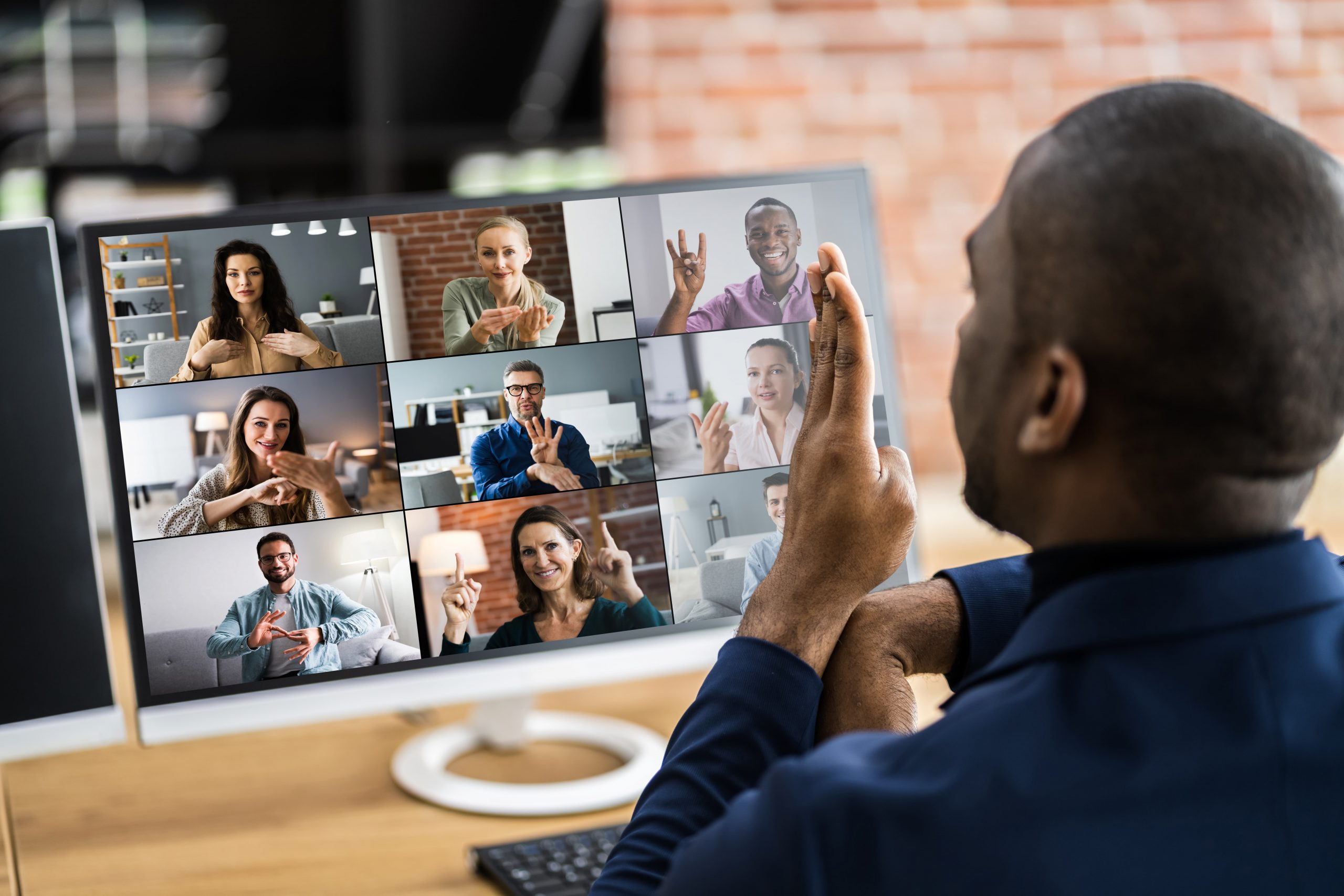
Edith Lando Virtual Learning Grant
(Recipient: Dr. Joanna Cannon):
Increasing Website Cultural and Linguistic Accessibility using American Sign Language
The objectives of this project include: (1) American Sign Language (ASL) translation of all English materials for the first point of learning for students, our ECPS Special Education program website that outlines the coursework and provides program information; (2) developing video ‘testimonials’ from previous d/Deaf, hard of hearing, and other students in the program; and (3) developing an accessible program recruitment video and brochure about our coursework to provide accessible information for the first point of learning for all prospective and current students. Community partner feedback will be iterative and take place throughout the project to ensure the objectives of the project are the focus of all materials.
Online accessibility of course information needs to increase for all learners in post-secondary programs, particularly for Deaf or hard of hearing (d/Dhh) students whose first language is ASL and second is English print. The graduate concentration in Special Education that focuses on learners who are d/Dhh was recently updated to an online, 2-year, cohort-style program. This innovative delivery of online instruction has increased enrollment from students in rural and remote regions, and we hope this project will also increase the number of d/Dhh teachers who apply to the graduate specialization.
Similarly to individuals who are immigrant and refugees with English as a second language, the culturally and linguistically responsive practice of providing information in the first language of the user is important to promote an environment that values respect, reciprocity, civility, diversity, opportunity, and inclusion. Teachers with proficiency in ASL are vital as language models for learners who are d/Dhh and all students in the program are required to increase their ASL skill. Increasing the number of teachers who are d/Dhh themselves also aligns with the UBC Faculty of Education’s strategic plan by increasing student diversity and representation of linguistic and cultural role models for historically, marginalized populations of learners.
The project activities completed include:
- An updated ECPS Special Education program website including ASL translation of the English print to recruit more deaf and hard of hearing applicants;
- Recorded testimonials from previous students about their experience in the program;
- Videos with ASL interpretation and captions;
- An accessible video and brochure about our program for recruitment purposes.
This project was led by Alayna Finley, a Deaf instructor in the program, PhD student in ECPS, and former MA student. Digital technologies utilized to meet these objectives included video recording and editing, including closed captioning and ASL translation on all videos. This project has resulted in the largest cohort of students in the history of the program – with a maximum of 20 due to graduate course restraints – and the largest number of applicants to the program. This includes an increased number of students who are Deaf and utilize ASL. These efforts may address the shortages in this low-incidence, special education field. Community stakeholders, including the Council of Service Providers for the Deaf and Hard of Hearing reported being thrilled to see the number of students increase in the program. Increasing the number of Teachers of the Deaf and Hard of Hearing, particularly those who are deaf or hard of hearing, is vital to support learners throughout BC with language and communication needs. My role in the project was to coordinate the completion of the activities and ensure that all materials were as accessible as possible. The following timeline was followed:
- July-October (consultation with community stakeholders to complete website edits in English – the community consultation took much longer than expected);
- November-January (translation of English website information to ASL);
- February-July (recruitment of previous students to complete a video about their experience in the program and development of recruitment video, editing, and translation/interpretation – again, this took much longer than expected and the video editing will be complete soon);
- July-August (checking all materials and uploading to the department website and dissemination of recruitment materials).